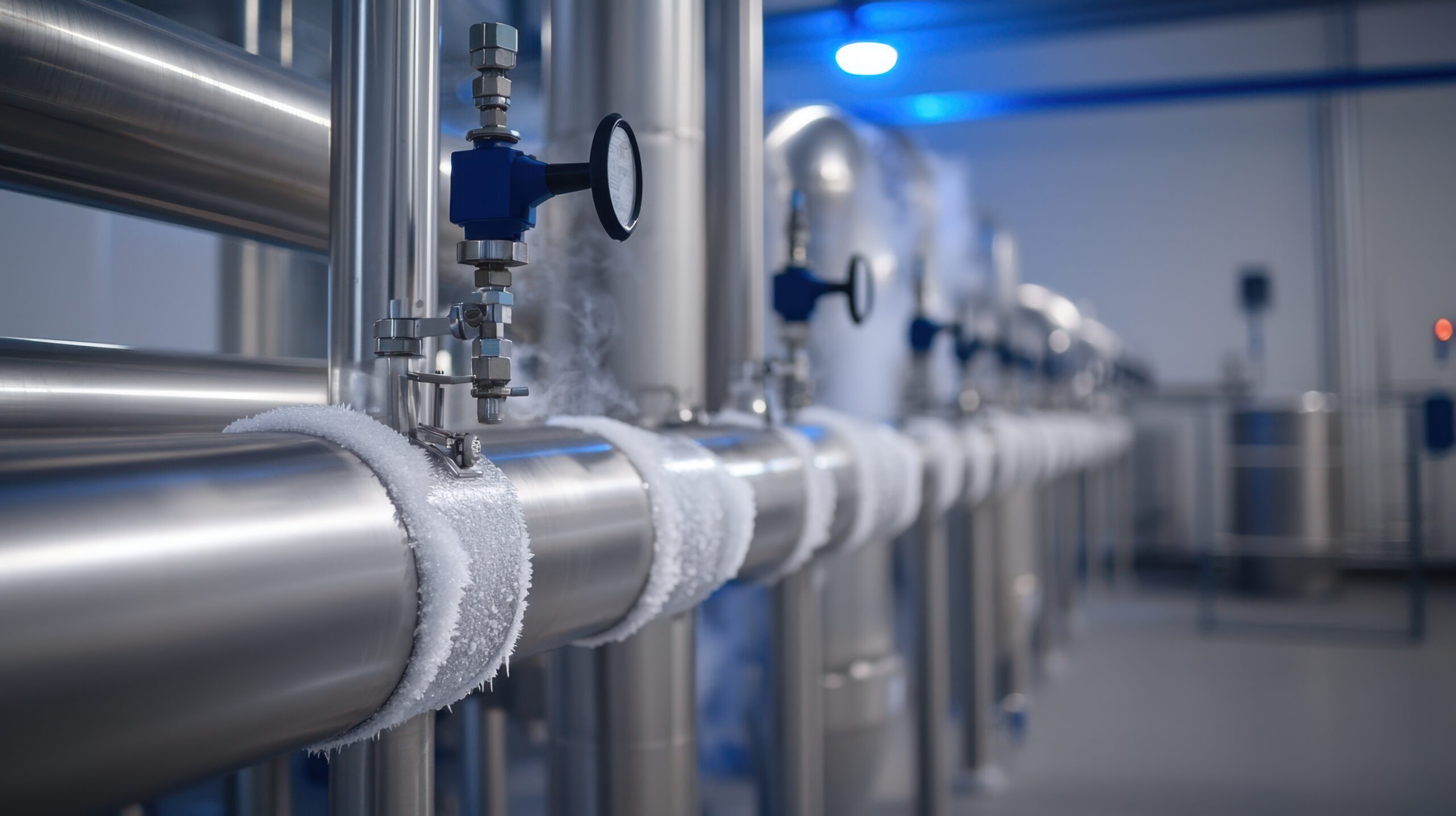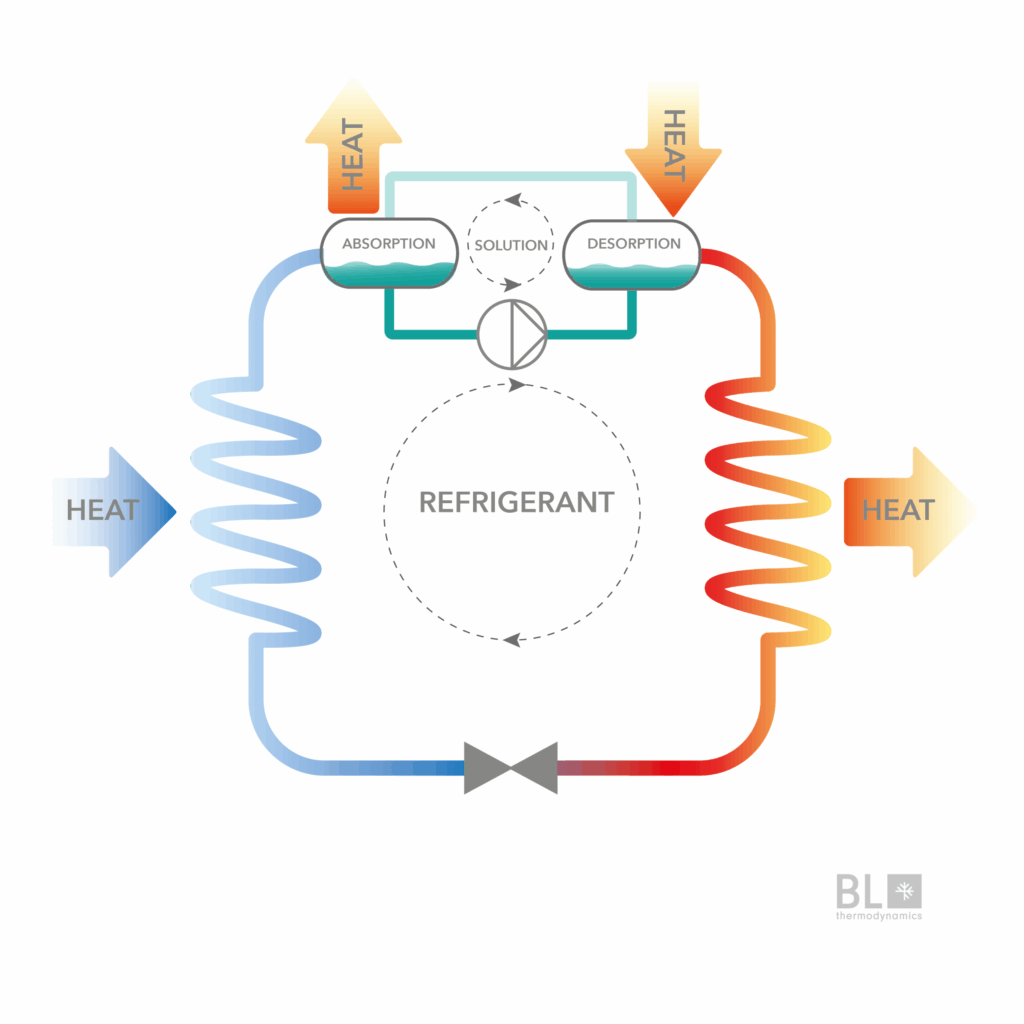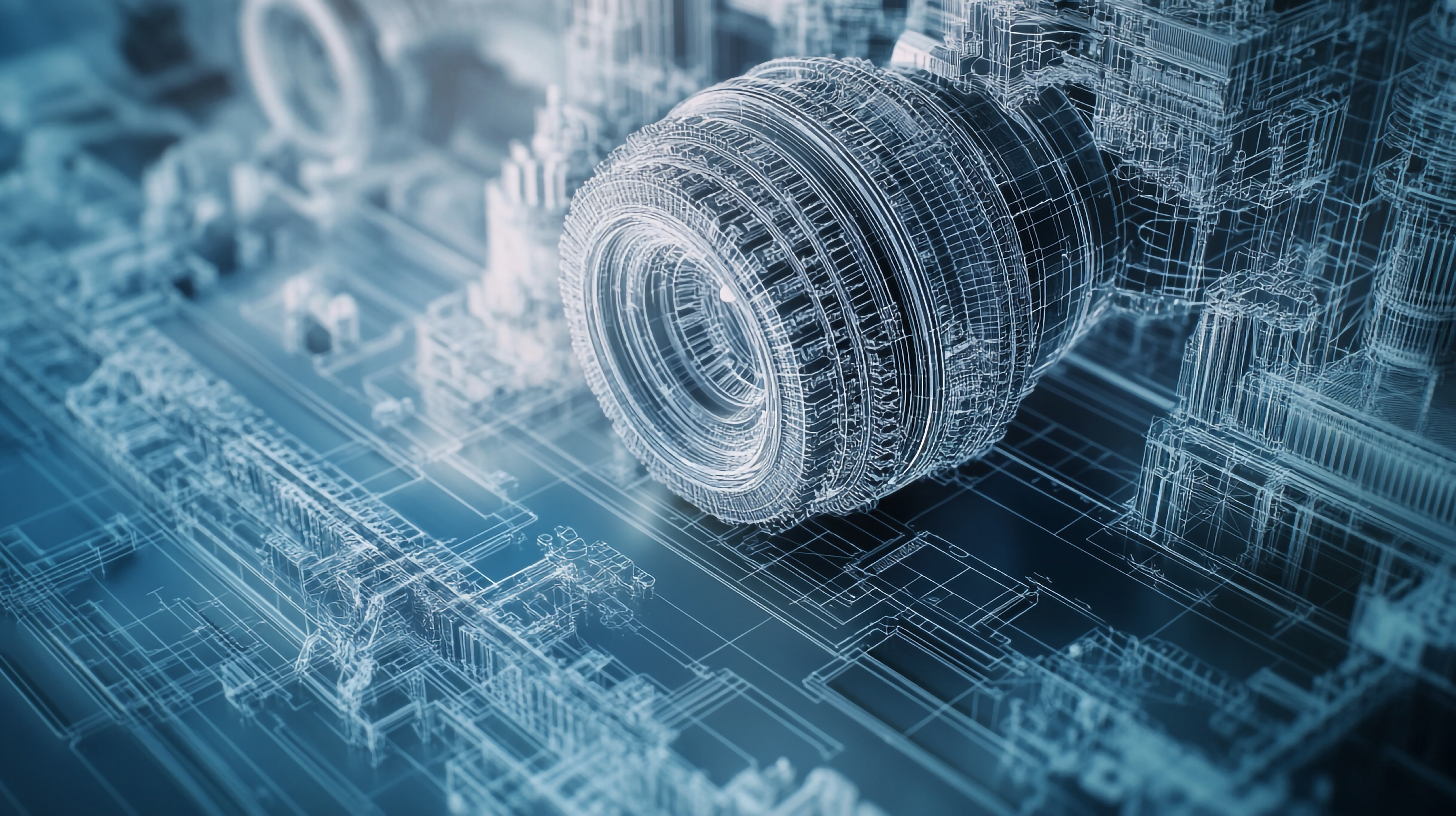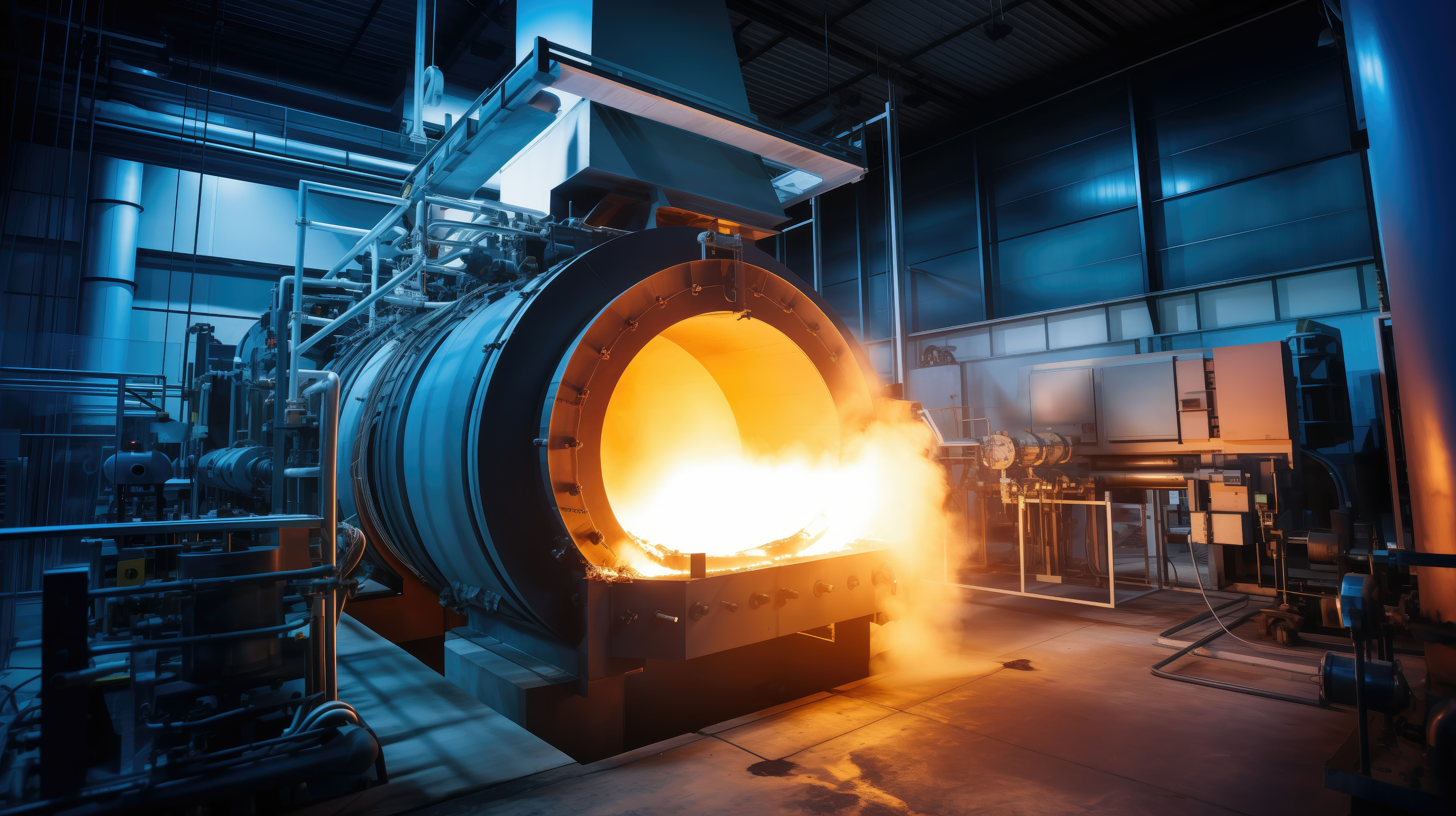
ATHENA Project
Cold production system using thermal energy incorporating an ejector in the ammonia-water absorption cycle

Project coordinated by the CEA
Duration of 4,5 years
2 millions euros of budget
Thesis
Context and challenges
With global temperatures constantly rising, demand for cooling has skyrocketed worldwide. Mechanical compression air conditioners and chillers have met this demand, contributing to a significant increase in electricity consumption. The International Energy Agency (IEA) has reported that approximately 20% of global electricity consumption in buildings is attributed to air conditioners and fans, which increases greenhouse gas and CO2 emissions. An encouraging alternative is the adoption of absorption chillers, which operate using abundant and sustainable heat sources such as solar radiation or industrial waste heat. The commonly used ammonia/water (NH3/H2O) absorption pair benefits from high-pressure and high-temperature operating conditions suitable for low-temperature applications, with NH3’s freezing point being -77°C.
Although ammonia/water absorption chillers are well known in the literature, further research is needed to improve system performance when chillers must operate under harsh conditions, particularly in hot climates (> 40 °C). Under these conditions, the main factor limiting performance is the absorption capacity, which decreases significantly when the ambient temperature is too high to allow the absorption of ammonia vapour into the solution at a relatively low pressure.
Scientific objectives
The ATHENA project aims to develop an innovative cooler by improving the ammonia/water absorption cycle through the integration of an ejector. To increase performance, the integrated ejector uses part of the high-pressure refrigerant vapour from the generator to drive and compress the low-pressure refrigerant vapour from the evaporator. The outgoing vapour arrives at the absorber at an intermediate pressure, which increases the absorption capacity compared to the conventional cycle without an ejector.
At the end of the project, we aim to achieve TRL4 validation with the development of a prototype for cooling production at a scale of 5-10 kWth. To achieve this objective, the project proposes to conduct research on various aspects:
- Development of a new ejector operating with ammonia and water vapour to improve the performance of the basic absorption cooler
- Development of an innovative absorption prototype with thermodynamic analysis to
- study the impact of the ejector on the design, performance and operation of the cooler
- Mapping of potential applications and technical-economic analysis of the cooler integrated into a district or industrial heating network.
The consortium



